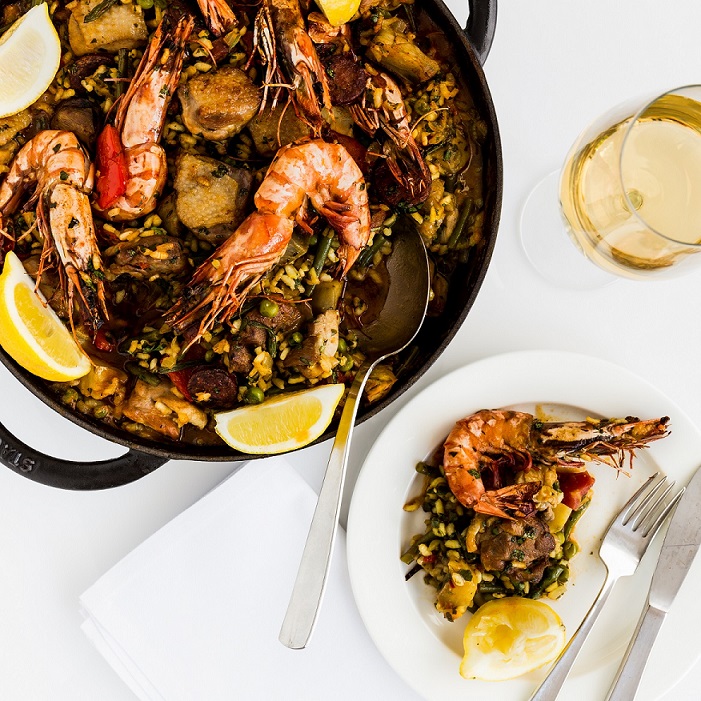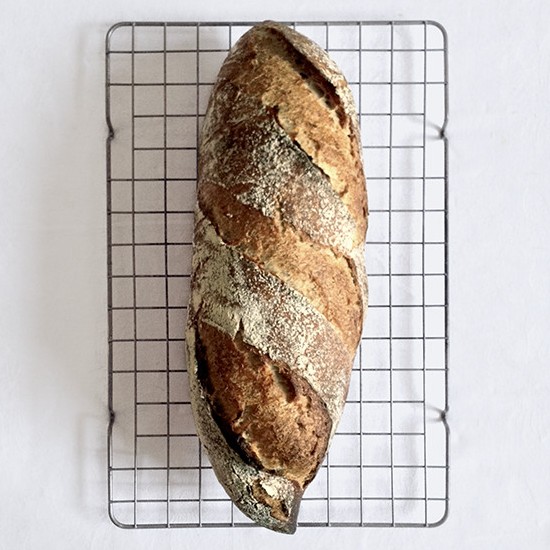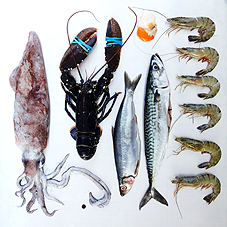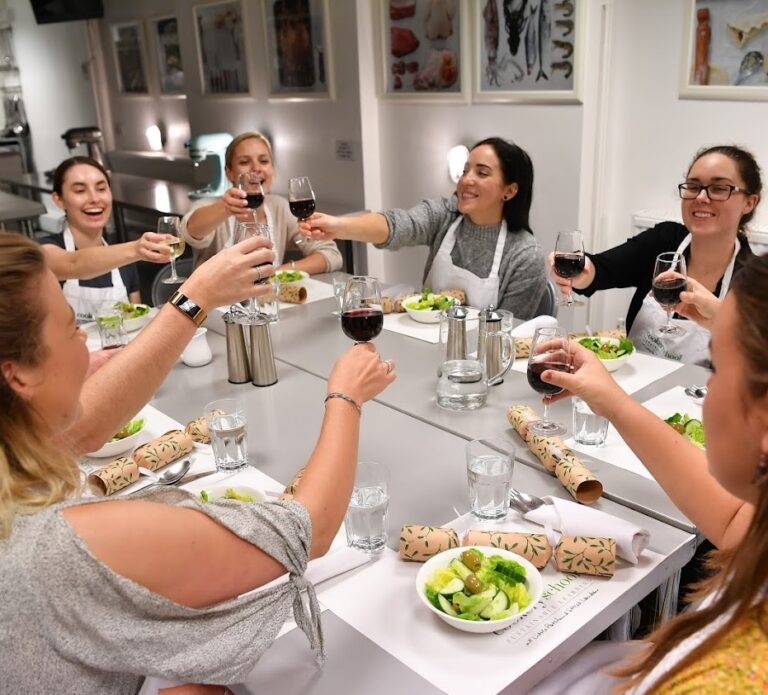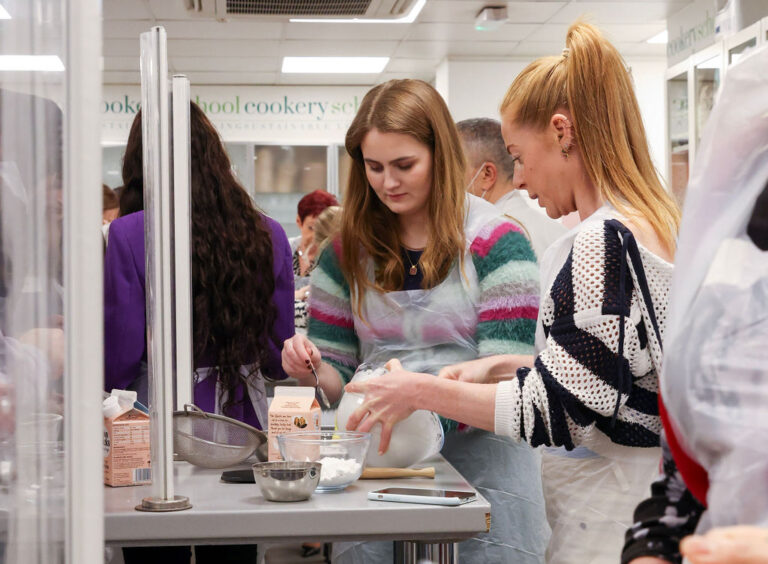Jaw Dropping Plastic Facts & A Recycling Tour
Did you know that 250kg of plastic gets dumped into our oceans every second of every day across the world? That’s a tonne every 4 seconds! Plastics take decades to break down. The plastic is having an adverse on the food chain, changing animals and it’ll change us too. This whale has been created using that same amount of plastic so that it’s easy to actually visualise the extremity of what humans are doing to the planet.

Cookery School visited By Waters, one of the UK’s leading providers of material management solutions. They are experts in waste collections, organising recycling programmes and educating people on environmental awareness. They were kind enough to give us a tour around the most sustainable facility in the world. They have the largest technology for separating out the waste as well as the 4000 solar panels on their roof that generates as much electricity as they are using resulting in the use of zero fossil fuels. 13,000 tonnes of recycling is processed at By Waters a year, which equates to half a million plastic whales!
Interestingly, we learnt that takeaway coffee cups can indeed be put in the normal recycling bin as long as it doesn’t equate to more than 5% of the overall load. This is because there are people who check the waste and can therefore separate it out. Paper napkins that have food in or tissues that have been used to blow your nose must be put into the normal waste bin – not recycling! No one wants to separate those items! Any recyclable food container should go through the ‘tip test’ first- can you tip it over above your head without food dropping on to you? If so, pop it into the recycling bin! If not, it’s not clean enough for the recycling and can ruin the whole load of recycling.
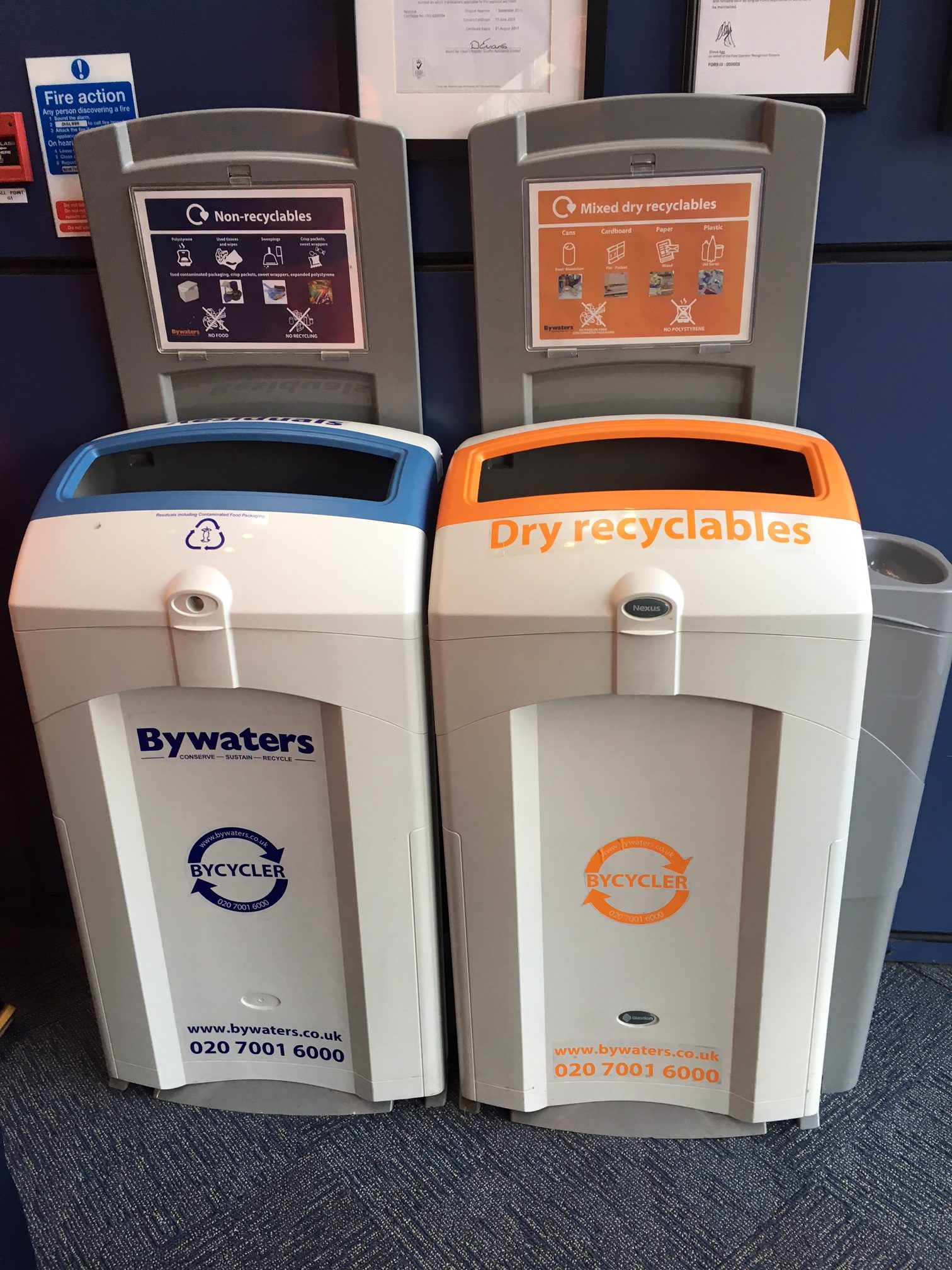
The waste material comes in on the truck, it’s tipped on the floor and there’s a visual inspection to make sure the load isn’t contaminated. The Environmental Agency insists that every 100kg from a customer (First Mile, local authority etc) needs a full table analysis. 100 kilos of waste is spread out and then every items is handpicked and calculated to know how much plastic, cardboard, glass etc there is. There is no corner cutting here! The waste then joins the rest of the feedstock pile and goes through the normal process of going into the dosing hoppers which opens the bags and regulates the flow. The waste then goes into the first cabin where a quality control process takes place, pre-entry. The 3 functions of this are:
- Pulling anything off the belt that shouldn’t be there eg. food waste, electrical equipment etc.
- Taking away as much film plastics as possible e.g. plastic shopping bags
- Pulling off textiles (so many get put in the recycling!!)

The pile is then put onto the machine in the control room which processes 20-24 tonnes an hour! Here they use infrared optical separators that are blind to everything else except to recognise particular aspects it has been programmed to notice such as PET plastics. Once identified, it blows the PET off the conveyor belt. The pile goes through screens which make things like cardboard and other fibre bounce across the top. The rest of material drops through gaps so gets captured and taken to a different filtering system. Paper and card then goes through to another infrared optical separator to do a final check that all films or plastic have been removed. This whole process is so intricate that it results in the plant being 90% efficient at turning the waste into energy. Unfortunately, waste management is often bottom of the list when it comes to government priorities despite the benefit it brings.
This tour was organised for us by our waste collection company, First Mile and was incredibly eye-opening. Hopefully we’ve helped to convey a little of what we learnt.
Visit the By Waters site for more information.
https://www.thefirstmile.co.uk/
Category
Sustainability
